4th Generation Intel® Core™ Processors with Intel® QM87 and HM86 Chipsets: Block Diagram
Block Diagram: Describes the functions, capabilities, and connectivity within the platform.
These processors are based on Intel® microarchitecture formerly known as Haswell, manufactured on 22nm process technology with 3-D tri-gate transistors. This platform provides excellent CPU, graphics, media performance, flexibility, and enhanced security over the 3rd generation Intel® Core™ processors, making it ideal for a broad range of intelligent systems.
Resources
for 4th generation Intel® Core™ processor family >
Intel® Core™ processor and mobile Intel® QM87/HM86 Chipsets-based platform for Intelligent Systems product brief: Preview | Download
4th generation Intel® Core™ processor family mobile datasheet vol. 1 (M- and H-processor lines): Preview | Download
4th generation Intel® Core™ processor family mobile datasheet vol. 1 (U- and Y-processor lines): Preview | Download
4th Gen Intel® Core™ i7-4700EQ processor development kit product brief: Preview | Download
4th Generation Intel® Core™ U-processor-based platforms for Intelligent Systems (i7-4650U, i5-4300U, i3-4010U, 2980U) product brief: Preview | Download
Request design assistance >
Join the technical community >
View contact options >
Sign up to receive newsletters >
Embedded expertise available by chat.
Chat in English Monday-Friday or send us your question.
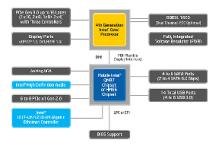
Block Diagram: Describes the functions, capabilities, and connectivity within the platform.
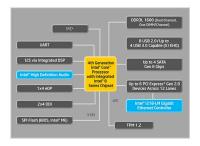
Block Diagram: Describes the platform functions, capabilities, and connectivity. (v.1, Sept. 2013)
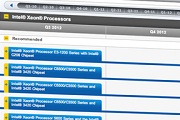 Product Roadmap
Product Roadmap
Explore Intel's past, present, and future embedded processors and chipsets.
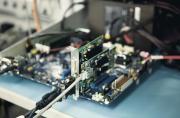 Board Planner
Board Planner
Processor and chipset selection, peripheral devices, board size, power budget, and thermal analysis.
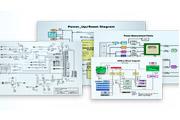 Schematic Review Service
Schematic Review Service
Submit your design schematic, and we will analyze it for compliance to guidelines and report potential issues within one week.
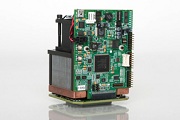 Hardware Test Tool Loan Program
Hardware Test Tool Loan Program
Provides debug and validation tools, including instructional videos, for supported products on a temporary loan basis.
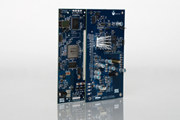 Design-In Tools
Design-In Tools
The Design-In Tools store allows you to speed through motherboard and system design with validation tools and services available for purchase from Intel.




1. Intel processor numbers are not a measure of performance. Processor numbers differentiate features within each processor family, not across different processor families. See www.intel.com/content/www/us/en/processors/processor-numbers.html for details.
2. Intel® AES New Instructions (Intel® AES-NI) requires a computer system with an Intel® AES-NI-enabled processor, as well as non-Intel software to execute the instructions in the correct sequence. Intel® AES-NI is available on select Intel® processors. For availability, consult your reseller or system manufacturer. For more information, see software.intel.com/en-us/articles/intel-advanced-encryption-standard-instructions-aes-ni.
3. Intel® vPro™ technology is sophisticated and requires setup and activation. Availability of features and results will depend upon the setup and configuration of your hardware, software, and IT environment. To learn more visit: www.intel.com/content/www/us/en/architecture-and-technology/vpro/intel-vpro-technology-developer.html
4. Requires a system with Intel® Turbo Boost Technology. Intel Turbo Boost Technology and Intel Turbo Boost Technology 2.0 are only available on select Intel® processors. Consult your PC manufacturer. Performance varies depending on hardware, software, and system configuration. For more information, visit www.intel.com/content/www/us/en/architecture-and-technology/turbo-boost/turbo-boost-technology.html.
5. Available on select Intel® Core™ processors. Requires an Intel® Hyper Threading Technology (Intel® HT Technology) enabled system. Consult your PC manufacturer. Performance will vary depending on the specific hardware and software used. For more information including details on which processors support HT Technology, visit www.intel.com/content/www/us/en/architecture-and-technology/hyper-threading/hyper-threading-technology.html.
6. Intel® Active Management Technology (Intel® AMT) requires activation and a system with a corporate network connection, an Intel® AMT-enabled chipset, network hardware and software. For notebooks, Intel AMT may be unavailable or limited over a host OS-based VPN, when connecting wirelessly, on battery power, sleeping, hibernating or powered off. Results dependent upon hardware, setup & configuration. For more information, visit www.intel.com/content/www/us/en/architecture-and-technology/intel-active-management-technology.html.